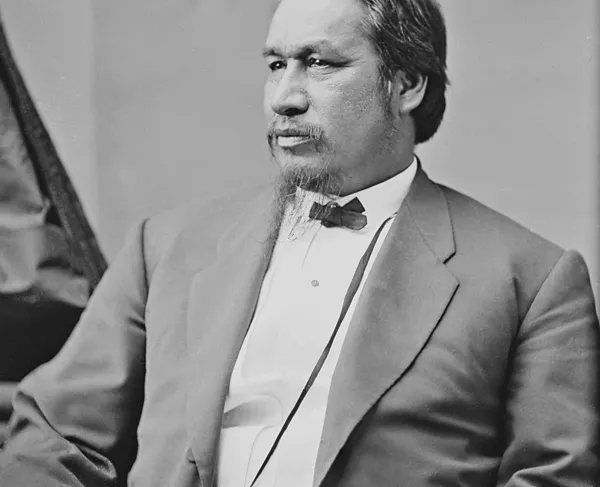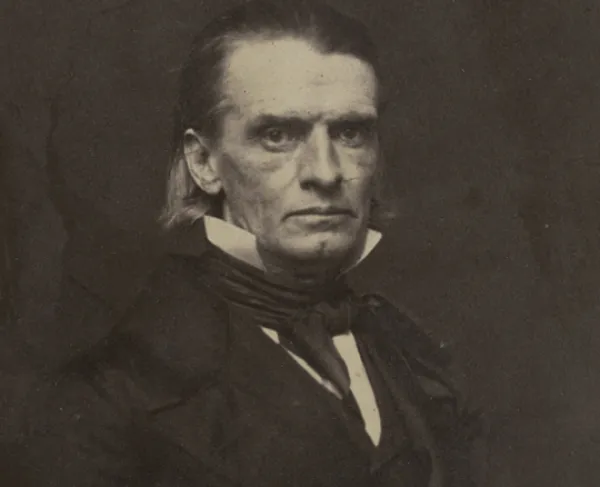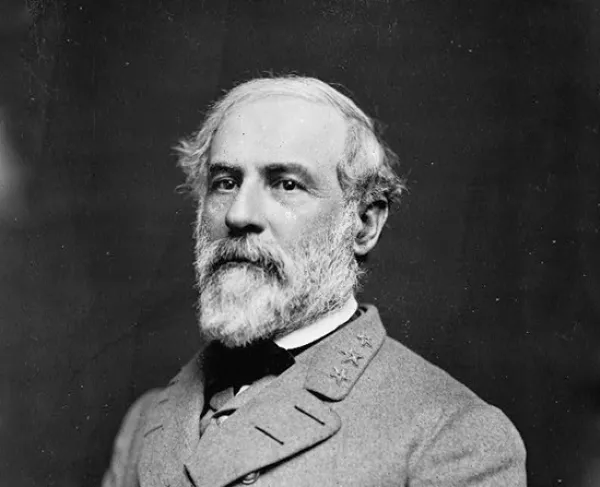Ely Parker

Born on the Tonawanda Reservation in western New York in 1828, Hasanoanda was raised in the Seneca traditions but was educated at a Baptist mission school, where he’d adopt the name Ely Parker. His educational opportunities were expanded when anthropologist Lewis Henry Morgan sponsored Parker for admission to the Cayuga Academy, a renowned school that allowed the young man to pursue subjects like Latin, Greek and science. Despite inuring abuse from his peers, Parker excelled as an orator and participated in several school debates.
Parker’s language and oratory skills paved the way for his becoming a translator, scribe and interpreter for the Seneca elders, which proved critical in a time when the Seneca were in constant conversation with the United States government. After three years at the Cayuga Academy, Parker accompanied the elders to Washington, D.C., to advocate for the tribe’s remaining at the Tonawanda reservation. The tribe was met with unfortunate circumstances when a Senate Committee voted against the petition, after initially promising support to the western New York Seneca representatives. However, the fight to preserve Seneca homelands persisted.
Following his work in the nation’s capital, Parker sought a career in law but was met by discriminatory policies when he applied for admission to the New York bar, as the state’s Supreme Court had ruled that only natural-born or naturalized citizens could be admitted. As a Seneca man, Parker didn’t fit those qualifications. Not about to waste his brilliant mind, Parker instead looked to the study of civil engineering at Rensselaer Polytechnic Institute. He would later go on to work on a project to extend the Erie Canal as a resident engineer.
It was during the time that his engineering career began to flourish that Parker was also proclaimed as Sachem of the Six Nations. As a representative of his people with a desire for their prosperity, he continued the noble work of preserving the sacred Tonawanda lands. With attorney John Martindale, Parker brought four lawsuits against the Ogden Land Company and their grantees. While two cases didn’t pan out in their favor, the other two — that were reviewed in the New York Court of Appeals and the United States Supreme Court — upheld the rights of the Seneca. It was this Supreme Court decision that led to a Senate treaty allowing the Tonawanda Senecas to use a large portion of the resources set aside for their removal to Kansas to instead buy back over seven-thousand acres of the Tonawanda reserve.
Parker continued his work as an engineer, eventually landing a position with the United States Treasury Department. During this time, he became acquainted with Ulysses Grant and developed a friendship that would grow furthermore during the Civil War.
When the war broke out, Parker had approached New York’s governor with an offer to raise a volunteer Iroquois regiment for the Union but was refused. However, in 1863, he was appointed an engineer in the Army of the Tennessee. And when Ulysses Grant rose to command of the Military Division of the Mississippi, Parker was selected as Grant's adjutant. As such, he accompanied General Grant to Washington after the brave leader was appointed General-in-Chief of the Union armies in 1864. By the end of 1864, Parker was named Military Secretary to Grant with the rank of lieutenant colonel.
In the esteemed role, Parker was present for the momentous surrender of Lee’s Army of Northern Virginia at Appomattox. It was he who drafted the official copy of the terms of surrender onto which the signatures of Generals Grant and Lee would be affixed. It has been said that during this meeting at the McLean House that Robert E. Lee remarked to Parker, “I am glad to see one real American here,” and that Parker replied, “We are all Americans, sir.”
After the war’s conclusion, the accomplished Parker stuck by Grant’s side as military secretary, and was commissioned an officer in the 2nd United States Cavalry with the rank of colonel. He’d serve alongside Grant until the legendary general’s military retirement in 1869. During this time, Parker was also a member of the Southern Treaty Commission that renegotiated treaties with tribes that had sided with the Confederacy during the Civil War.
When his longtime friend Ulysses Grant took office as the 18th President of the United States, Parker was appointed the nation’s first Native American Commissioner of Indian Affairs. In carrying out the President’s “Peace Policy,” he acted to protect native populations in the West by reducing military actions against them. However, Parker had been accused of misusing federal funds and, although largely vindicated, he resigned.
He went on to Wall Street, where we amassed quite a sizable fortune — all to be lost over the course of five years. It was then that he took on a modest position as a desk clerk with the New York City Police Department.
With his last years spent battling kidney disease, diabetes, and a series of strokes, Parker passed on August 30, 1895, in Fairfield, Connecticut. He was buried was full military honors.
We have a chance to save these critical pieces of history at Gaines' Mill, Cold Harbor, and Appomattox Court House for just a fraction of their full...
Related Battles
152
500





